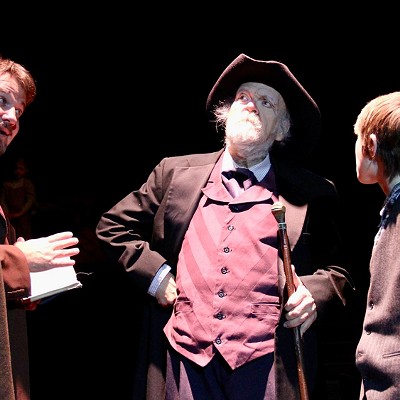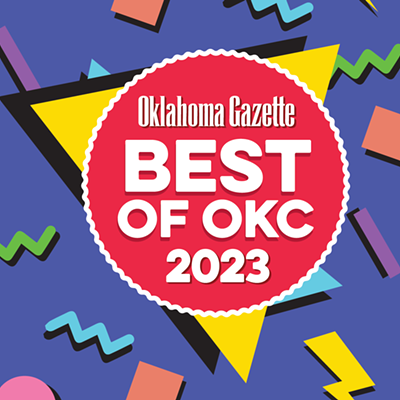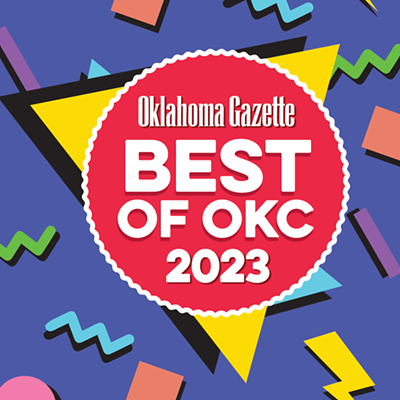As part of the city’s ongoing Intelligent Traffic System (ITS), stoplights communicate through Wi-Fi to keep lights green longer along certain corridors. The project is a part of the 2000 and 2007 bond issues to create traffic corridors throughout the city. More than 320 intersections are affected by 18 corridors, 14 of which are already completed, with more on the way.
“A corridor is a street with a large number of vehicles with high volume and one that’s typically an arterial street that we think the traffic is significant enough to do a coordination,” said Eric Wenger, Oklahoma City’s public works director. “It’s designed to enhance the driving experience by keeping the lights green as much as possible.”
The $12.3 million in the 2007 general bond designed for the project was meant to pay for hardwired communication systems at intersections in existing traffic boxes. Since then, the city has been able to use wireless technology and save a bundle. The original authorization in the bond would have paid for 18 hardwired communication corridors.
The 18 corridors now using wireless technology only cost $5.7 million.
In 2010, the city awarded Naztec Inc. a contract for traffic signal controllers over a five-year period with forecasted bond sales. With savings from the initial intersection upgrades, the Oklahoma City Council late last year approved using the remaining funds for a citywide system affecting more than 700 traffic lights.
Wenger said some concerns have arisen for public safety vehicles trying to get through intersections on corridors, and longer waits and congestion on cross streets.
Despite traffic sometimes backing up at streets that cross corridors, Oklahoma City Fire Chief Keith Bryant said, the ITS helps his trucks maneuver by keeping busy stretches of road clear on corridors.
“Any type of traffic management system designed to keep traffic flowing smoothly and evenly is a benefit to us as far as how we negotiate traffic in an emergency response,” he said.
The technology at intersections register vehicle presence by video detection or traffic loops embedded in the pavement. As traffic builds, the light changes to keep things from backing up.
The change at that intersection then registers with others on the corridor to keep traffic flowing smoothly.
The city studied the Classen corridor for a year with a goal to reduce travel delays by 5 percent, with resulting fuel savings of $280 annually for drivers who use that stretch of road daily. Wenger was pleased to find that the study showed a 6 percent travel time improvement and gasoline savings of $332 per year on average.















